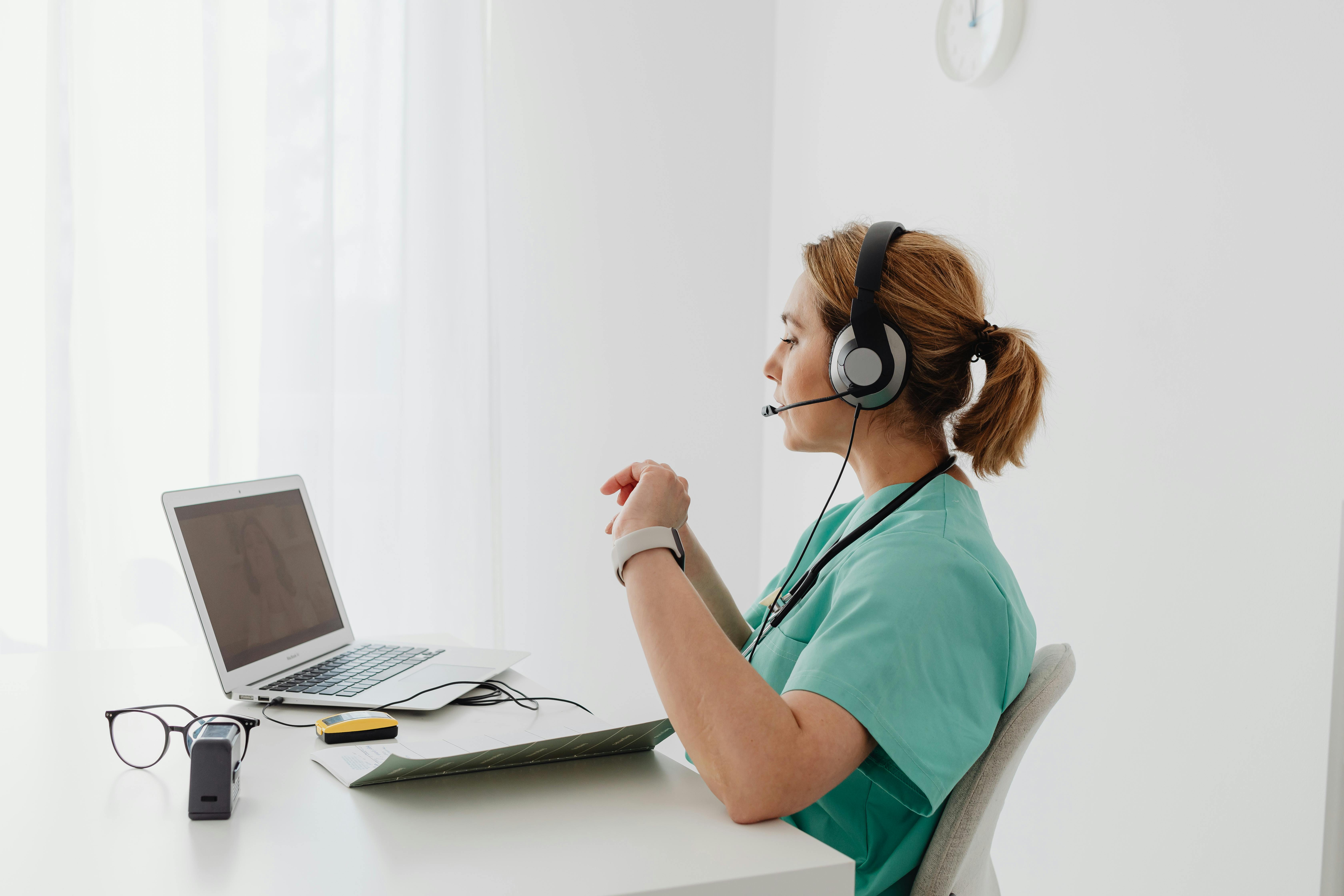
Tips for Using Telemedicine Platforms for Seamless Healthcare Access
Connecting with healthcare providers now happens through the convenience of telemedicine, making virtual appointments a familiar part of everyday life. Sitting comfortably at home, you can meet with professionals without the need to drive across town or wait in crowded offices. Virtual waiting rooms have become just as ordinary as making a phone call. By preparing a few essentials ahead of time—like your device, a quiet spot, and any questions for your provider—you help make each online visit productive and stress-free. This approach helps you stay focused on your well-being while saving time and effort compared to traditional appointments.
Select the Appropriate Telemedicine Platform
Begin by comparing features that match your needs. Some platforms prioritize urgent care, while others help manage ongoing health conditions. Find options that allow you to schedule recurring visits or message your provider directly. Look for platforms that connect with wearable devices if you monitor steps or heart rate.
Read user reviews and ratings before making your choice. For example, *Teladoc* receives high marks for 24/7 access, while *Doctor on Demand* excels in mental health support. Review privacy policies to understand how each service handles your data. You want clear statements on encryption and data storage practices.
Registering Your Account
Gather your personal information and insurance details before registering. Have your government ID, insurance card, and a list of medications ready. Entering accurate information from the start saves you time and reduces frustration.
After entering your basic details, verify your email or phone number to keep your account secure. Then, download the app or bookmark the platform URL on your preferred browser. Enable notifications to receive appointment reminders and messages from your provider.
Getting Ready for Your Virtual Appointment
- Check that your device’s camera and microphone work properly.
- Test your internet speed; aim for at least 5 Mbps upload and download.
- Charge your device or plug it in to prevent interruptions.
- Prepare a list of current symptoms, medications, and recent health changes.
- Select a quiet, well-lit area with a plain background.
Collect any lab results or recent scans you wish to discuss. Save them as PDFs or JPEGs so you can upload them quickly. If you need a translator or a family member present, schedule their participation ahead of time. Most platforms allow you to send an invite link that your guest can click.
Making the Most of Your Consultation
- Create a short list of questions. Focus on the issues that most affect your health.
- Speak clearly and describe your symptoms in detail: note when they started, how long they last, and how severe they are.
- If you don’t understand medical terms, ask follow-up questions. Request explanations in plain language.
- Ask for a summary note to be sent to your inbox after the appointment for future reference.
- Discuss next steps such as lab tests, prescription refills, or in-person exams.
Keep a notepad nearby to write down your provider’s instructions. If you need a prescription, confirm where you want them sent—your regular pharmacy or an online delivery service. Planning your key points before the call ensures that no important issue gets overlooked.
Protecting Your Privacy and Data
Choose platforms that use end-to-end encryption. Look for security terms like AES-256 or TLS in the privacy section. These standards protect your audio, video, and personal data from unauthorized access.
Update your app regularly. Developers release updates to fix security vulnerabilities. Turn on automatic updates or check for updates weekly. If the app requests new permissions, review them carefully. Only grant permissions necessary for the platform to operate properly.
Establishing a Long-Term Virtual Health Routine
Schedule regular check-ins for ongoing conditions. For example, monthly reviews work well for diabetes or high blood pressure. You and your provider can adjust treatment plans based on trends you track with connected devices.
Use health journals or in-app trackers to record daily habits. Track exercise, diet, sleep, and mood. Sharing this information gives your provider a clearer picture. It also helps you identify patterns between your lifestyle choices and symptoms.
Participate in group sessions or educational webinars offered by the platform. Some telemedicine services host live Q&A sessions with nutritionists or physical therapists. Engaging in these events keeps you informed and motivated.
Take advantage of refill reminders. Many platforms send alerts when it’s time to refill prescriptions. You can renew medications within the app and have them delivered to your home. This simple step helps prevent gaps in your treatment.
Set up a dedicated home health station to make future visits easier. Store blood pressure cuffs, thermometers, and pulse oximeters in one place. Label each device and note calibration dates. You will feel prepared and confident when sharing readings with your healthcare provider.
Using the right *telemedicine* platform, registering properly, and following security practices ensure effective virtual visits. Regular check-ins keep you on track and in control of your health.